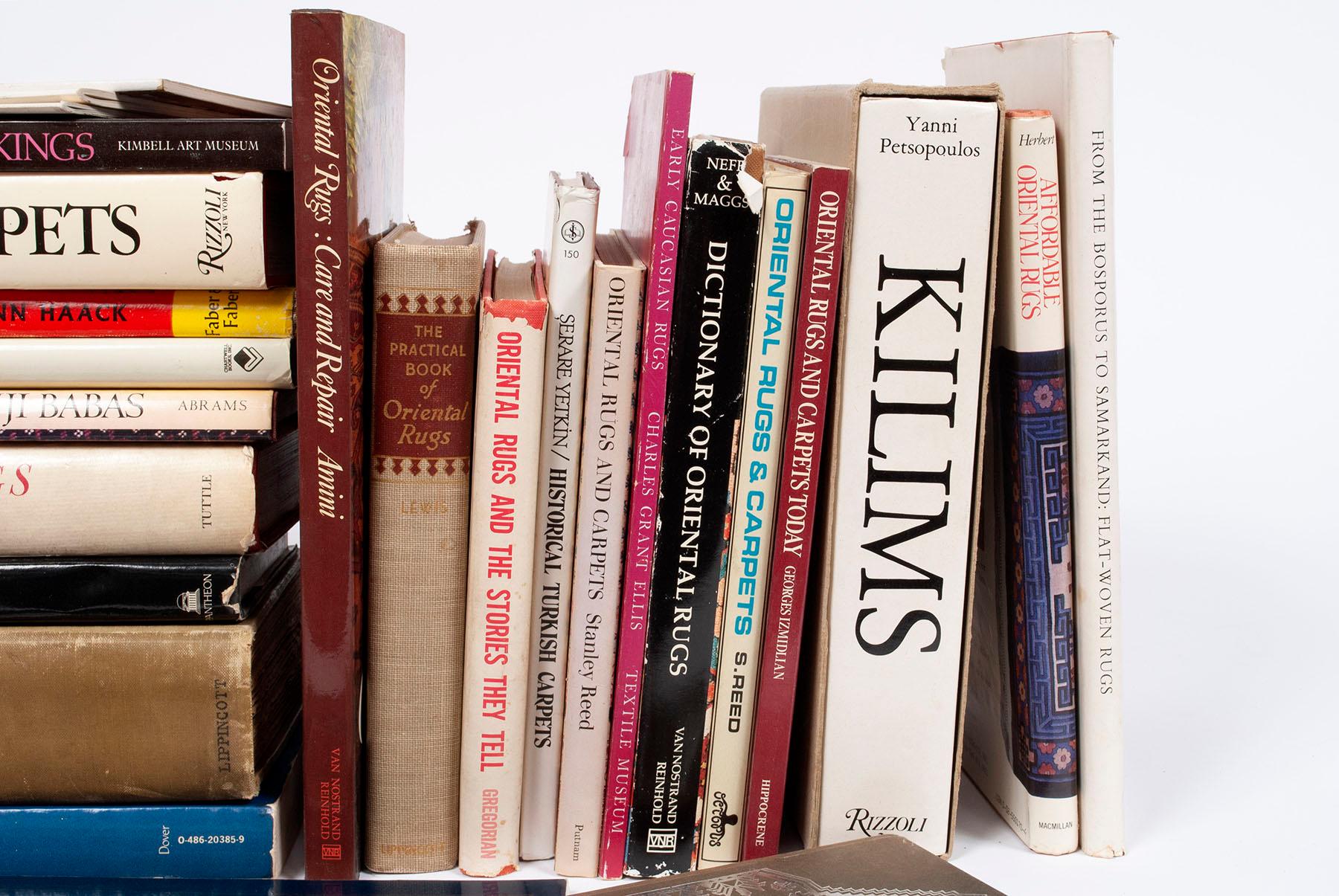Sistan rugs are renowned for their vibrant patterns and colors, which have evolved under the twin influences of the region’s nature and culture. Woven in the Sistan region of southeast Iran, these carpets carry deep meanings – both overt and hidden – that reflect the life and history of the people.
The weavers, drawing on their environment, beliefs, and cultural heritage, incorporate unique motifs and hues into their rugs that serve as symbols and storytelling devices.
In this post, we will journey through the world of Sistan carpets, discovering how the harsh but inspiring natural landscape and the rich cultural tapestry of the region have shaped the designs and colors of these woven artworks.

Shahr-e Sukhteh (Burnt City), a 5,000-year-old archaeological site in Sistan.
Threads of Nature in Sistan Carpets
Nature in Sistan plays a pivotal role in the artistry of its rugs. The landscape of Sistan is marked by distinctive visual features – from its desert winds to its native flora and fauna – which together create a unique harmony in the region’s crafts.
Among these natural forces, the most legendary is the “120-day wind”, a powerful seasonal wind that dominates the Sistan plains each year. These relentless winds have a profound influence on local life and art.
In fact, many patterns in Sistan carpets echo forms shaped by the wind in the environment. For example, the winds twisting through sand dunes and vegetation have inspired swirling, scroll-like motifs in weaving. What might appear as a simple geometric curl in a carpet’s design can actually symbolize the spiral of a tumbleweed blown by desert gusts – a direct imprint of nature on art.

Asbads (traditional windmills) in eastern Iran. Ancient clay structures with wooden blades, built in the Safavid era to use wind power.
A fascinating anecdote illustrates this connection between natural phenomena and carpet motifs. Frank Hamilton, a researcher in the late 19th century, observed how certain spiral designs in Zuni pottery symbolized the wind. He noted that when the wind blew across the desert, it caused plants to rotate and trace spiral patterns in the sand.
The indigenous Zuni people had intuitively mirrored this effect in their art, using a spiral as a sacred emblem of the wind. Similarly, Sistan’s weavers have channeled the force of their بادهای ۱۲۰ روزه (120-day winds) into the very geometry of their carpets.
The recurrence of whirl and curl patterns in Sistan’s rug motifs is not just an aesthetic choice – it’s an homage to the powerful winds that shape the land.

A Sistan vase design rug, featuring repeated floral vases with dominant shades of red.
Beyond wind, the broader natural environment contributes a shared palette and form to Sistan’s crafts.
The colors of Sistan carpets often draw from the earthy reds of the desert and the deep greens of oasis vegetation. Common design elements – stylized plants, tree-of-life motifs, and animal figures – celebrate the region’s wildlife and ecosystem.
There is a striking unity in multiplicity in these rugs. Despite the diverse influences (sun and sand, plants and animals), the overall visual effect is cohesive. The natural elements imbue the carpets with vibrant hues and dynamic forms, yet each piece remains distinctly “Sistan” – balanced, harmonious, and in tune with its environment.

Geometric animal motifs
Not only do the rugs depict nature; they are also made to withstand it. Generations of weavers have adapted techniques to the climate. For instance, the tightness of the weave and the choice of sturdy wool are responses to Sistan’s harsh dust-laden winds and arid climate.
The result is a carpet that is both a canvas of nature’s imagery and a product of nature’s necessity.

Human figures woven in Sistan rugs
Cultural Narratives Woven in Wool
If nature provides the canvas and pigments for Sistan rugs, culture writes the narrative. Every pattern in these rugs carries a piece of the region’s cultural memory – its epic history, beliefs, and way of life.
Over centuries, the people of Sistan have faced countless challenges – from heroic battles noted in epic literature to the rise and fall of empires.
These experiences have been distilled into symbols and motifs that appear in their weavings. For example, certain geometric patterns may represent local legends or serve as talismans of protection and prosperity.

Symbolic motifs used in Sistan rugs
Traditional beliefs and myths are especially influential. Sistan’s weavers often encode folktales and spiritual concepts into their carpet designs.
A seemingly simple border pattern might actually be a series of amuletic symbols, each warding off the evil eye or invoking blessings for the home. The repetition of specific shapes can be linked to storytelling: a diamond shape might symbolize an ancestral hero, while repeated zigzags could represent the hardships and resilience of the community.
In Sistan’s rug art, as in many traditional arts, objects and motifs become “carriers of cultural messages,” silently conveying religious and ritual meanings. In truth, the objects in these societies – the handwoven rugs, the everyday tools – function much like myths: they are vessels containing the beliefs, values, and aspirations of the people.

A Fathollahi design rug woven in Zabol, Sistan.
The rich variety of cultural influences in Sistan is evident in its carpets’ motifs. Some patterns can be traced to ancient Persian iconography, reflecting the glory of past empires, while others show the interplay with neighboring regions’ art (for instance, Baluchi or Turkmen influences due to tribal interactions).
This diversity is a testament to a long history of cultural exchange and adaptation. Yet, despite the variety, the carpets retain a coherent identity – one that is unmistakably tied to Sistan’s own story.
This unity among cultural diversity once again highlights the principle of “value of unity in multiplicity” that Sistan carpets are celebrated for.

Zabol Sistan Rug, Rug the Rock collection, more images here!
Sistan’s decorative arts (carpets included) do more than reflect culture – they actively preserve and propagate it.
Many social customs and collective memories that might fade over time are kept alive in the motifs of the carpets.
Weavers intentionally incorporate designs passed down from their ancestors, ensuring continuity. For instance, a pattern learned from a grandmother’s grandmother may still appear in a young weaver’s rug today, perhaps stylized or combined with new elements, but essentially the same story thread is woven anew.
Scholars examining Sistan’s historical artifacts note that these artistic motifs are like a visual archive of societal values and social behaviors, “a set of ritual symbols and collective memories” embodied in art.
Each Sistan rug is a cultural narrative told in wool. The rug serves as a medium through which the weavers express their worldviews.
From the arrangement of motifs (which might indicate the structure of their universe, balancing chaos and order) to the choice of colors (often imbued with symbolic meaning – for example, red for life or martyrdom, blue for mysticism and the sky), everything is deliberate.
The weavers, without need for words, are storytellers. Through their creations, they convey the identity of their people, commemorate their history, and even impart moral and spiritual lessons embedded in pattern language.
Unity in Multiplicity: The Sistan Aesthetic
One of the most remarkable aesthetic values in Sistan carpets is the unity in multiplicity.
We’ve seen how diverse influences – natural phenomena on one hand, and rich cultural traditions on the other – converge in the making of these rugs. Despite this diversity of inspiration, Sistan carpets present a harmonious whole.
This harmony is not accidental; it is a cherished principle in the local art. Weavers skillfully balance colors and motifs so that no matter how many different elements come into play, the final composition feels unified and balanced.
This reflects a broader philosophical idea: finding unity amid diversity, a concept that resonates deeply with Sistan’s historical experience as a crossroads of civilizations and a land of varying landscapes.

Close-up of the Zabol Sistan Rug from the Rug the Rock collection, more images here!
It means a rug might contain a lively mix of symbols – perhaps a row of stylized camels (nature and livelihood), a band of geometric shapes from Islamic art (religion and culture), and a central medallion that might symbolize the sun or a sacred figure.
Each one has a distinct meaning, but together they form a singular design that is pleasing to the eye and rich with meaning.
The viewer of the carpet can appreciate it simply as a beautiful object, or spend time deciphering its many references and stories. In either case, the rug succeeds in engaging on multiple levels – visually, emotionally, and intellectually.
Conclusion
The rugs of Sistan are more than floor coverings; they are textiles of testimony.
Through their vibrant dyes and intricate knots, they testify to a way of life where nature and culture are deeply interwoven.
The blazing sun and swirling desert winds of Sistan, the epic tales and devout rituals of its people – all these find expression in the art of the rug.
This narrative and analytical exploration shows how each Sistan rug can be read like a book: the natural motifs are its vocabulary and the cultural symbols are its grammar, together composing stories of survival, belief, beauty, and identity.

A Sistani man in the wind season
In the modern world, as machine-made textiles become common, the handwoven Sistan rug stands out as a living tradition. It carries forward the legacy of generations, allowing contemporary observers to literally walk on history and heritage when a Sistan carpet graces a home.
These rugs continue to captivate collectors, art historians, and anyone who appreciates how human creativity can mirror the environment and society.
Sistan’s pattern and color language are distinct, yet it speaks to universal themes – the bond between people and nature, the preservation of culture through art, and the search for unity through life’s rich diversity.
In every Sistan rug, one can find a reflection of the region’s soul – resilient, colorful, and profoundly connected to both Earth and humanity.
Reference: Hossein Abadi, Zahra; Rahnavard, Zahra. Study of Motifs and Colors in Sistan Carpets.
















































Leave a comment